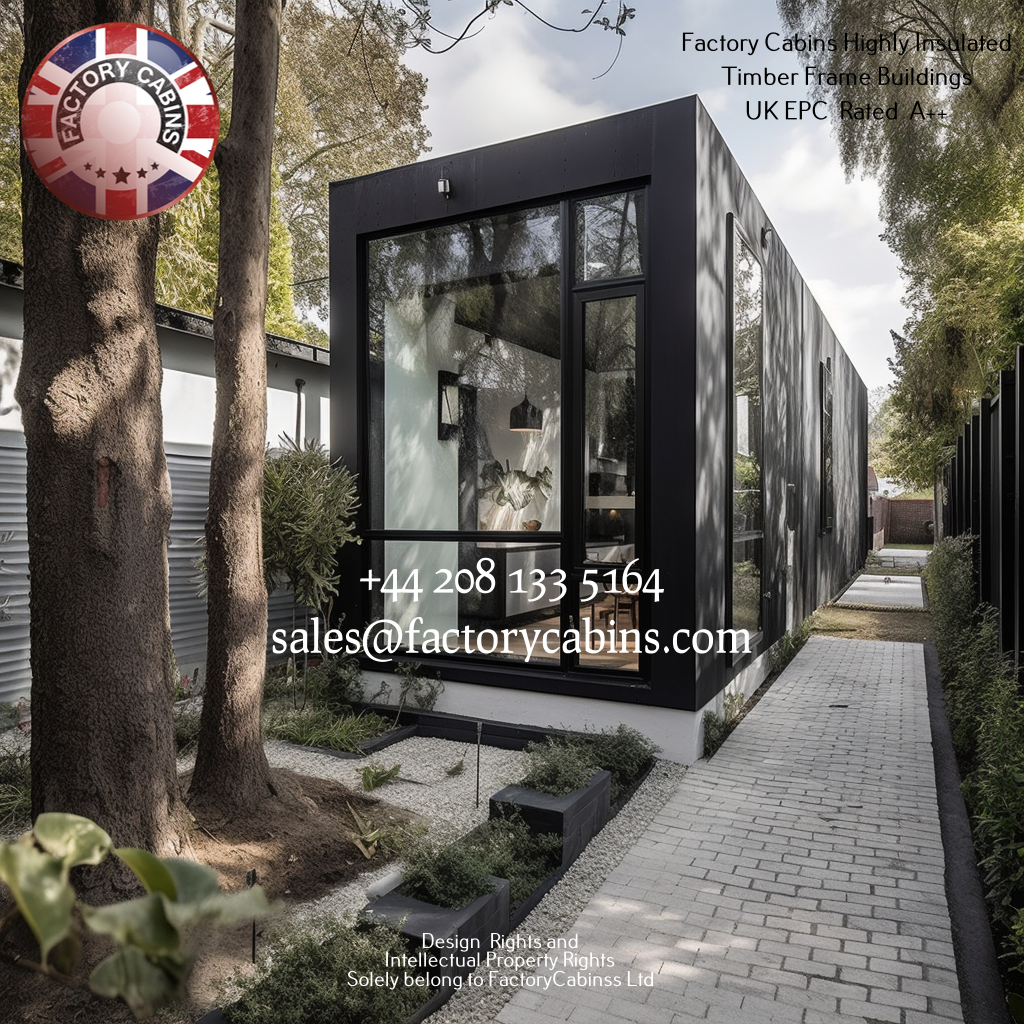
Factory Cabins’ well-insulated tiny home designs
Welcome to the future of tiny home designs. They do not have to be expensive; they do not have to be on a trailer; and they do not have to look like tea chests stuck and gluled together. Our tiny homes are the future; they are amazingly insulated, built to last and truly are the tiny house future designs for 2024 and beyond.
Most of our structures are clad with brick slips or some type of artificial external facia board, which lasts much longer than painted or treated natural timber, is much less expensive to maintain, and has the added benefit of being water proof, fireproofing, and insulating.
I. introductory paragraph
A. Definition of Highly Insulated Tiny Homes B. Increase in Tiny Home Popularity C. Factory Cabins’ Role in Revolutionising Tiny Home Construction
II. The Advantages of Highly Insulated Tiny Homes
A. Energy Conservation 1. Use of Advanced Insulation Materials 2. Cost Savings on Heating and Cooling
B. Environmental Implications 1. Sustainable Construction Practises 2. Carbon Footprint Reduction
C. Economic Effectiveness 1. Lower Building and Maintenance Costs 2. Financial Advantages for Homeowners
III. Factory Cabins: Tiny House Construction Pioneers
A. Overview of Factory Cabins B. Benefits of Factory-Built Tiny Homes 1. Construction precision 2. Labour and Time Efficiency
IV. New Insulation Techniques
A. Intelligent Insulation Systems 1. IoT Integration for Climate Control 2. Materials for Adaptive Insulation
B. Insulation with Multiple Layers 1. The Advantages of Layered Insulation 2. Effective Implementation Examples
V. Design Factors for Highly Insulated Tiny Houses
A. Optimisation of Space 1. Intelligent Furniture and Storage Solutions 2. Making the Most of Vertical Space
Aesthetic Appeal 1. B. Trends in Exterior Design 2. Interior Design Techniques
VI. Overcoming Difficulties in Highly Insulated Tiny Houses
A. Ventilation Methods 1. The Value of Proper Ventilation 2. Ventilation System Innovations
B. Addressing Size Restrictions 1. Clever Design Tricks for Space Perception 2. Adding Outdoor Space to Your Home
Case Studies: Successful Factory Cabin Projects VII.
A. Notable Examples of Highly Insulated Tiny Homes B. User Testimonials and Experiences 1. Comfort and Liveability 2. Long-Term Contentment
Future Trends in Highly Insulated Tiny Homes VIII
A. Technological Progress 1. AI and Automation Integration 2. Eco-Friendly Building Materials
B. Customization Possibilities 1. Personalised Tiny House Plans 2. Catering to a Wide Range of Lifestyles
IX. Legal Considerations
A. Zoning and Building Regulations 1. Navigating Legal Obligations 2. Advocating for Tiny House Policies
X. Tiny Homes with High Insulation and Community Living
A. Tiny House Communities 1. Benefits of Collective Living 2. Social and environmental consequences
XI. Defending Against Common Misconceptions
A. Comfort vs. Size B. Limited Amenities C. Resale Value and Investment Potential
XII. Suggestions for Prospective Buyers
A. Investigating Factory Cabins B. Recognising Insulation Ratings C. Working with Design Professionals
Conclusion XIII.
A. Summary of Benefits B. Motivation to Investigate Tiny Home Living C. Closing Thoughts on the Future of Highly Insulated Tiny Homes
Factory Cabins’ well-insulated tiny homes
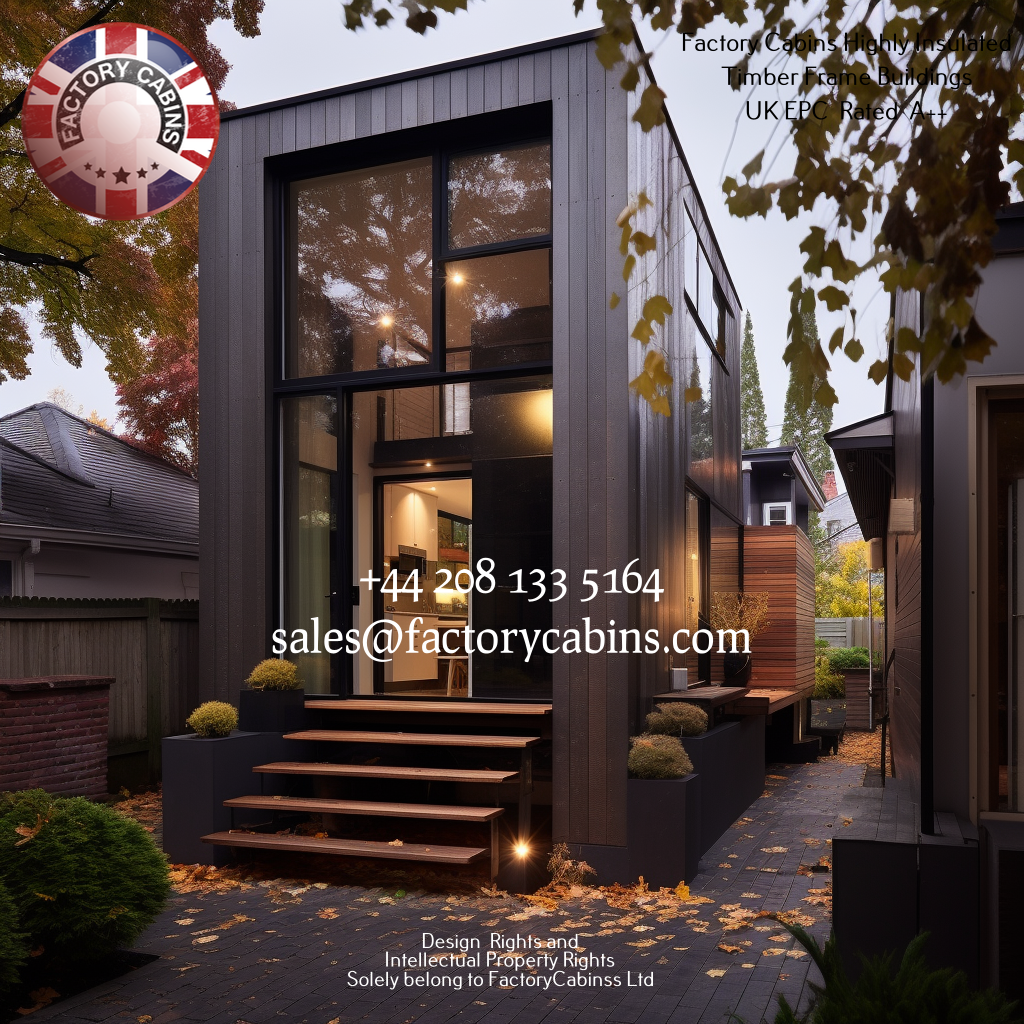
Tiny houses have grown in popularity across the world as a symbol of sustainable living and efficient use of space. The importance of insulation in small houses has become a focus point as the need for eco-friendly and cost-effective housing alternatives grows. This article delves into the intriguing world of highly insulated small houses, as well as the vital role that inventors like Factory Cabins have had in revolutionising their construction.
I. Introduction
A. Describe Highly Insulated Tiny Homes
Highly insulated tiny houses are compact structures outfitted with modern insulation materials and techniques in the field of design and housing. These houses place a premium on energy efficiency, environmental sustainability, and a low carbon footprint.
B. Tiny Houses are becoming increasingly popular.
The rise in popularity of small homes can be traced to a cultural movement towards minimalistic living, as well as a greater awareness of environmental problems. People are becoming increasingly interested in reducing and simplifying their lives, resulting in a boom in the tiny house movement.
C. The Impact of Factory Cabins on Tiny House Construction
Factory Cabins, as pioneers in the creation of tiny dwellings, have played a critical role in changing the housing scene. They have introduced accuracy, efficiency, and creativity to the production of highly insulated small homes by using factory-built processes.
II. The Advantages of Highly Insulated Tiny Homes
A. Energy Conservation
- Use of Advanced Insulation Materials
Innovative insulation materials are used in highly insulated compact dwellings. These materials not only provide exceptional thermal resistance, but they also help to maintain a suitable home temperature all year.
- Cost Savings on Heating and Cooling
Effective insulation in compact dwellings leads in considerable savings on heating and cooling costs. Homeowners may enjoy a comfortable living environment while reducing power expenditures to a low by minimising energy use.
B. Environmental Implications
- Sustainable Construction Practises
The use of sustainable and eco-friendly building materials in well insulated small houses is in line with the global trend towards ecologically aware living. These houses are built with an emphasis on minimising environmental effect, from recycled insulation to renewable energy sources.
- Carbon Footprint Reduction
Tiny dwellings, particularly those with extremely effective insulation, have a lower carbon footprint than regular residences. This reduction in environmental effect is a major element driving the appeal of tiny dwellings among environmentally aware people.
C. Cost-Effectiveness
- Costs of construction and maintenance are reduced.
Factory Cabins uses efficient, simplified techniques to build tiny dwellings, resulting in lower total prices. Furthermore, because of the lower energy consumption and maintenance needs, properly insulated small houses are a cost-effective housing choice.
- Financial Advantages for Homeowners
The financial benefits for homeowners go beyond the initial cost reductions. With lower utility bills and maintenance costs, living in a fully insulated tiny house becomes a more cost-effective option in the long term.
III. Factory Cabins: Tiny House Construction Pioneers
A Brief Overview of Factory Cabins
Factory cabins represent a paradigm shift in the construction business, notably in the tiny house category. Compared to typical on-site construction, these specialised facilities prioritise efficiency, quality control, and innovation.
B. The Benefits of Factory-Built Tiny Homes
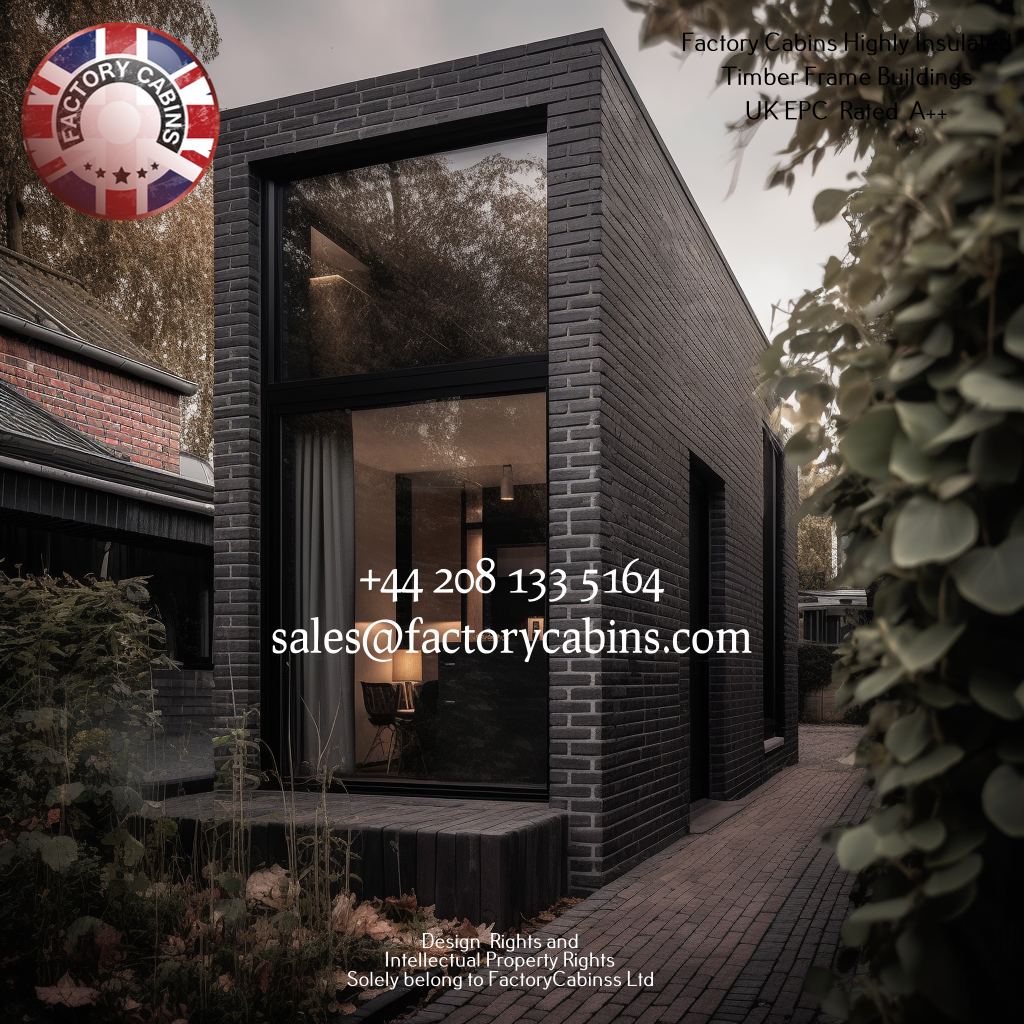
- Construction Precision
Precision in every stage of building benefits factory-built compact dwellings. The regulated atmosphere of a factory provides a high degree of precision in everything from framing to insulation installation, resulting in well-crafted and lasting homes.
- Labour and Time Efficiency
The assembly line method of building small houses in factories greatly decreases the time and manpower necessary for each project. Skilled labour, specialised technology, and rigorous design all contribute to an efficient workflow, allowing Factory Cabins to create houses in a fraction of the time that traditional construction methods would need.
IV. Innovative Insulation Methods
A. Intelligent Insulation Systems
- IoT Integration for Climate Control
With the incorporation of Internet of Things WIFI technology for climate management, well-insulated small houses are embracing the future. Smart insulation solutions enable homeowners to control temperature and energy consumption via linked devices, improving comfort and economy.
- Materials for Adaptive Insulation
The use of adaptable insulating materials adds an additional level of intricacy. These materials modify their characteristics to offer appropriate insulation in response to environmental circumstances. This flexibility improves the overall effectiveness of the insulation, making it more sustainable and comfortable to live in.
B. Insulation with Multiple Layers
- The Advantages of Layered Insulation
Multi-layered insulation is a feature of well-insulated compact houses. This method entails strategically placing several types of insulating materials to maximise performance. Among the advantages are improved thermal performance, acoustic insulation, and better durability.
- Effective Implementation Examples
Case studies and real-world examples demonstrate the effectiveness of multi-layered insulation in a variety of tiny house designs. This strategy displays variety and adaptation in insulation measures, from avoiding heat loss in colder areas to minimising heat gain in warmer climes.
V. Design Factors for Highly Insulated Tiny Houses
A. Optimisation of Space
- Intelligent Furniture and Storage Options
Maximising the usability of limited space is a key factor in the construction of a well-insulated tiny house. Multi-functional furniture and built-in storage, for example, play an important role in optimising living areas without sacrificing comfort or beauty.
- Making the Most of Vertical Space
In compact dwellings, vertical space is frequently underutilised. Innovative design ideas emphasise the use of vertical space for storage, sleeping lofts, and other utilitarian spaces. This method guarantees that every square inch has a function, adding to the overall efficiency of the living area.
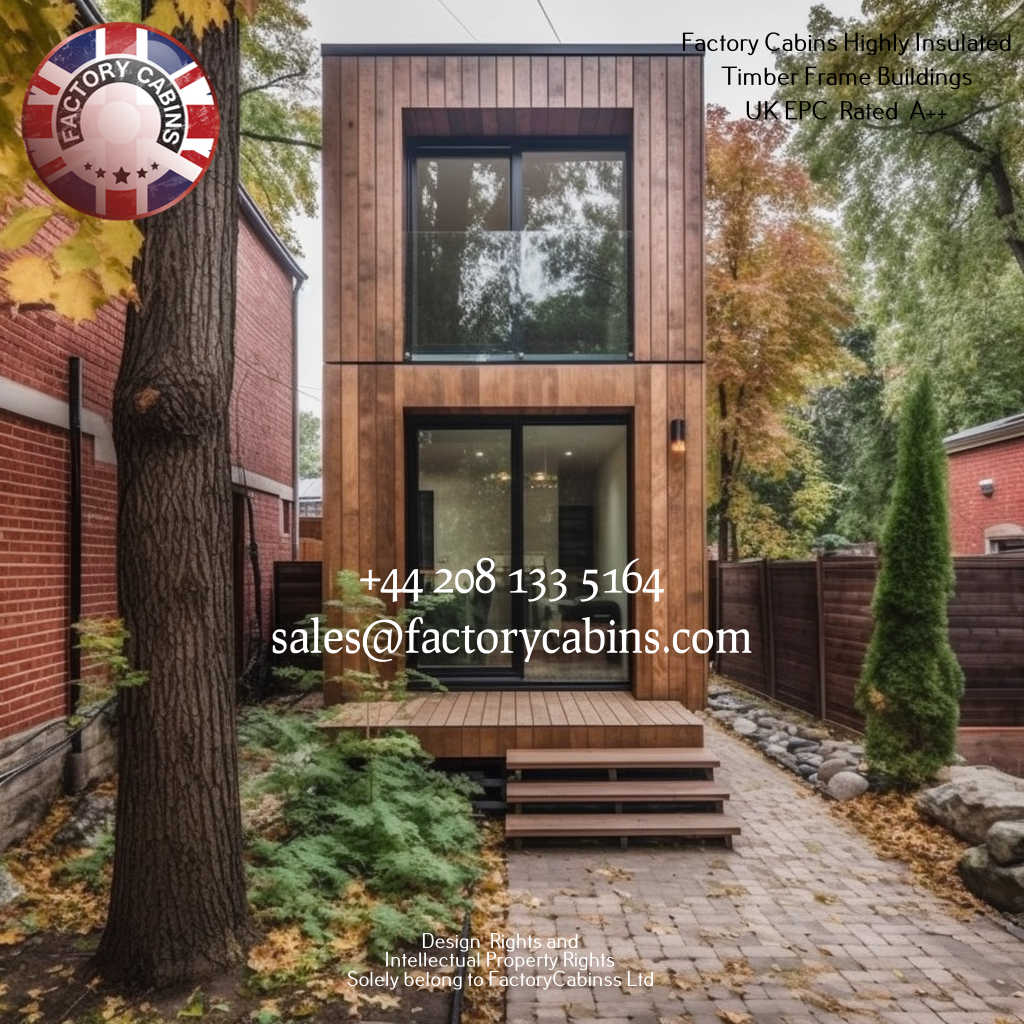
B. Aesthetic Value
- Trends in Exterior Design
Despite their small size, properly insulated tiny houses have a variety of attractive external designs. Exterior cladding options, architectural features, and innovative material usage all contribute to these homes’ aesthetic appeal, making them visually appealing and adaptable.
- Interior Design Techniques
Interior design ideas focus on producing a harmonious and visually pleasant atmosphere within the limits of a small house. Colour palettes, lighting, and layout all add to a sense of spaciousness and comfort, which improves the entire living experience.
VI. Overcoming Difficulties with Highly Insulated Tiny Houses
A. Ventilation Alternatives
- The Value of Proper Ventilation
Proper ventilation is critical in highly insulated compact houses for preserving interior air quality and avoiding concerns like moisture and mould. This difficulty is effectively addressed by ventilation system innovations such as heat recovery ventilators (HRVs) and energy-efficient fans.
- Ventilation System Innovations
Continuous research and development in ventilation systems for compact houses produces unique solutions. These technologies not only improve air quality but also help with energy efficiency, which aligns with the broader sustainability aims of well-insulated compact houses.
B. Addressing Size Restrictions
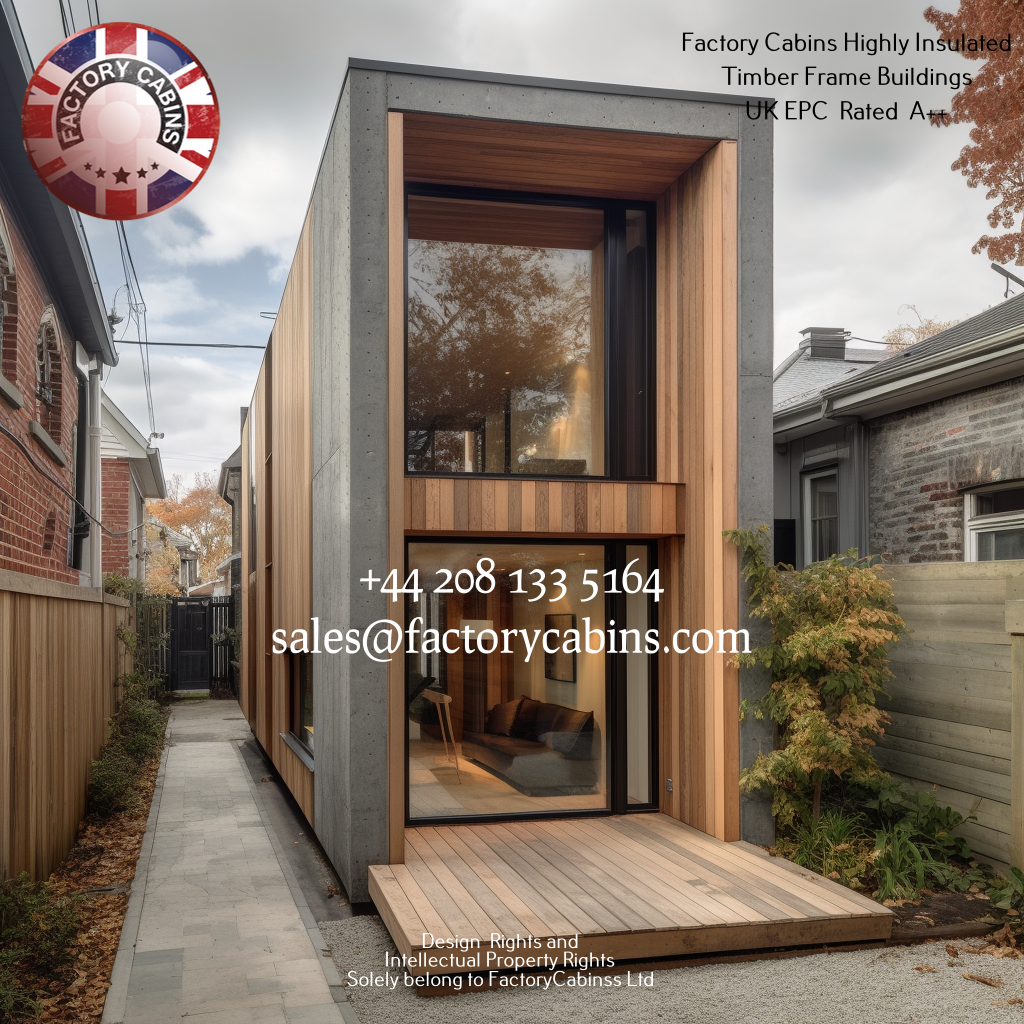
- Clever Design Tricks for Space Perception
While compact dwellings have intrinsic physical limits, smart design tactics may give the appearance of additional room. Mirrors strategically placed, plenty of natural light, and open floor layouts are just a few of the architectural aspects that assist overcome apparent size limits.
- Adding Outdoor Space to Your Home
Outdoor living areas increase the total footprint of well insulated compact houses. Decks, patios, and rooftop gardens provide extra locations for leisure and amusement, reducing the impact of restricted inside space.
VII. Successful Factory Cabins Project Case Studies
A. Examples of Notable Highly Insulated Tiny Homes
Highlighting individual Factory Cabins projects demonstrates the successful application of well-insulated compact houses. These case studies dive into the distinctive characteristics, design concerns, and technologies that distinguish these homes in the world of small home development.
B. Testimonials and User Experiences
- livability and comfort
User reviews and experiences offer vital insights into the comfort and livability of well-insulated tiny houses. Homeowners tell their tales, describing the day-to-day challenges of living in a small yet well-insulated apartment.
- Long-Term Contentment
Long-term contentment is an important factor in determining the success of well-insulated tiny houses. We acquire a full picture of the longevity, usefulness, and general contentment with these homes by evaluating the experiences of homeowners over long periods of time.
VIII. Trends in Highly Insulated Tiny Homes in the Future
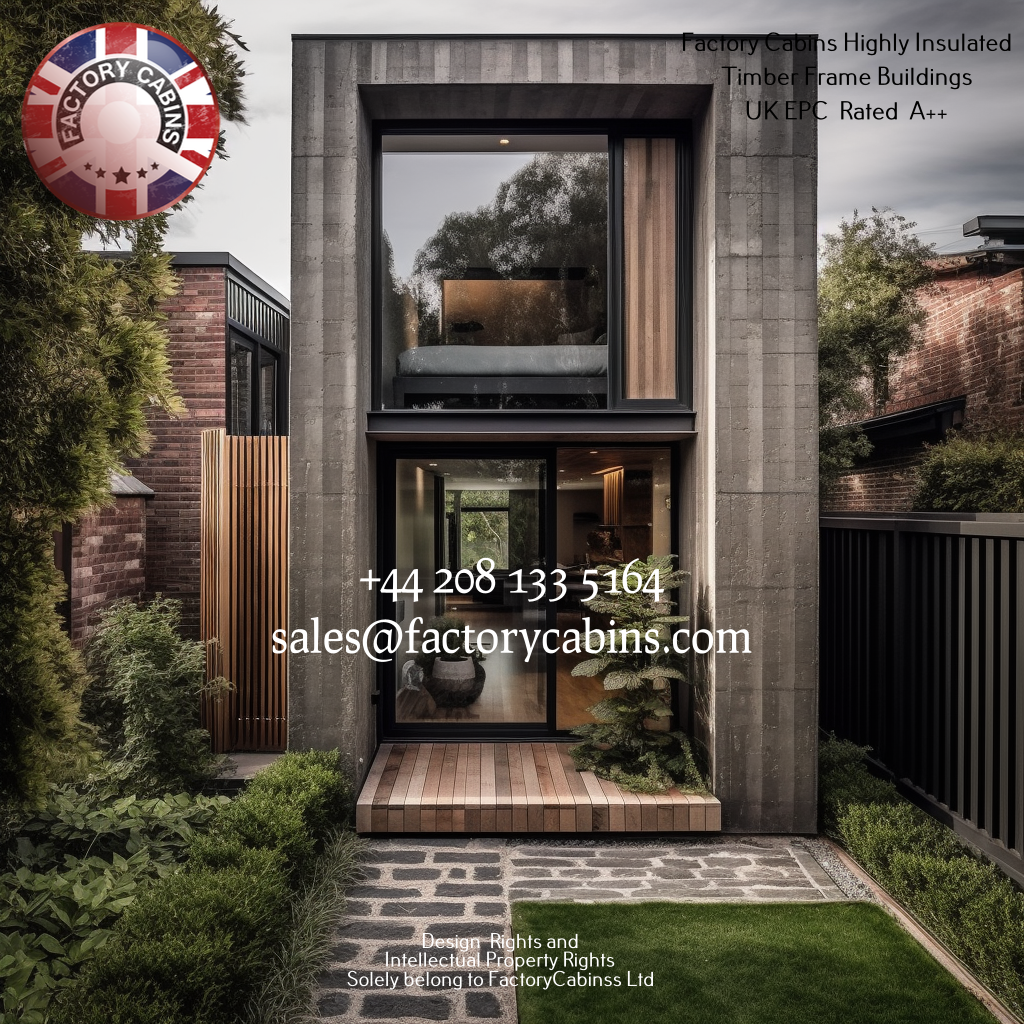
A. Technological Progress
- AI and Automation Integration
The combination of artificial intelligence (AI) and automation in highly insulated small dwellings is the future. Smart house technologies that learn and adapt to the preferences of its occupants, along with automated building processes, represent the next frontier in small home innovation.
- Eco-Friendly Building Materials
Well-insulated small houses are more financially sustainable in the long run due to ongoing advancements in environmentally friendly building materials. The emphasis on ecologically aware choices remains a driving force in future trends, from biodegradable insulation to recycled construction components.
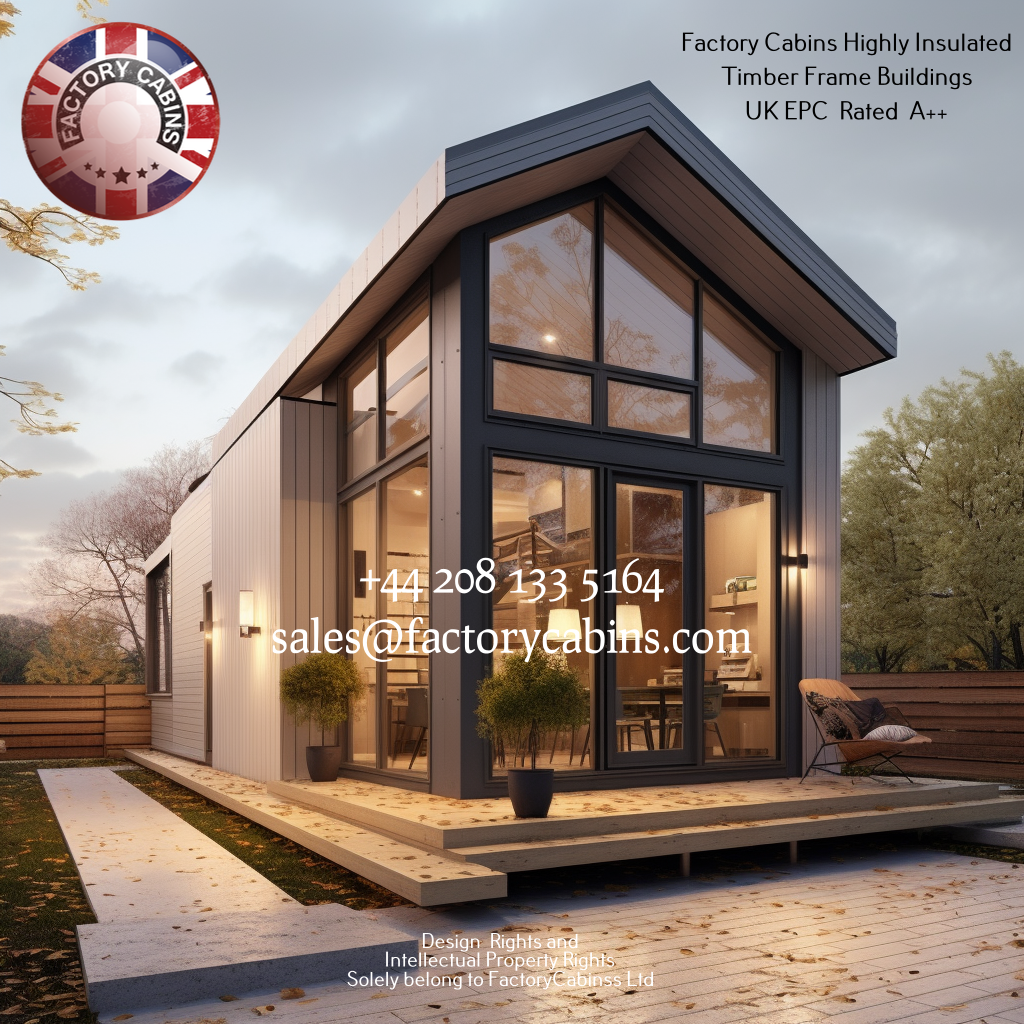
B. Options for Customization
- Personalised Tiny House Plans
The desire for customised tiny house designs is increasing. Future trends will place an emphasis on the customization possibilities accessible to residents, allowing them to personalise their small houses to individual preferences, lifestyles, and practical needs.
- Catering to a Wide Range of Lifestyles
Highly-insulated small houses are increasingly being constructed to accommodate a variety of lifestyles. Tiny houses may support a variety of living arrangements, whether for singles, couples, or families, thanks to customization choices and flexible floor designs.
IX. Considerations for Regulation
A. Zoning and Building Regulations
- Getting Around Legal Requirements
A key component of incorporating well-insulated small houses into communities is navigating zoning regulations and building specifications. An examination of the regulatory environment reveals insights into the obstacles and potential for those looking to capitalise on this housing boom.
- Advocating for Tiny House Policies
Collaboration between industry stakeholders, legislators, and communities is required for advocacy for tiny home-friendly policies. Activists who work to create regulations that support tiny home living contribute to the widespread acceptance and integration of well-insulated compact homes.
X. Tiny Homes with High Insulation and Community Living
A. Tiny House Communities
- Collective Living Advantages
Tiny house villages provide a novel way to communal living. These communities’ residents benefit from shared resources, social places, and a feeling of community that extends beyond the individual house. Investigating the advantages of communal living broadens our understanding of the social elements of well insulated compact houses.
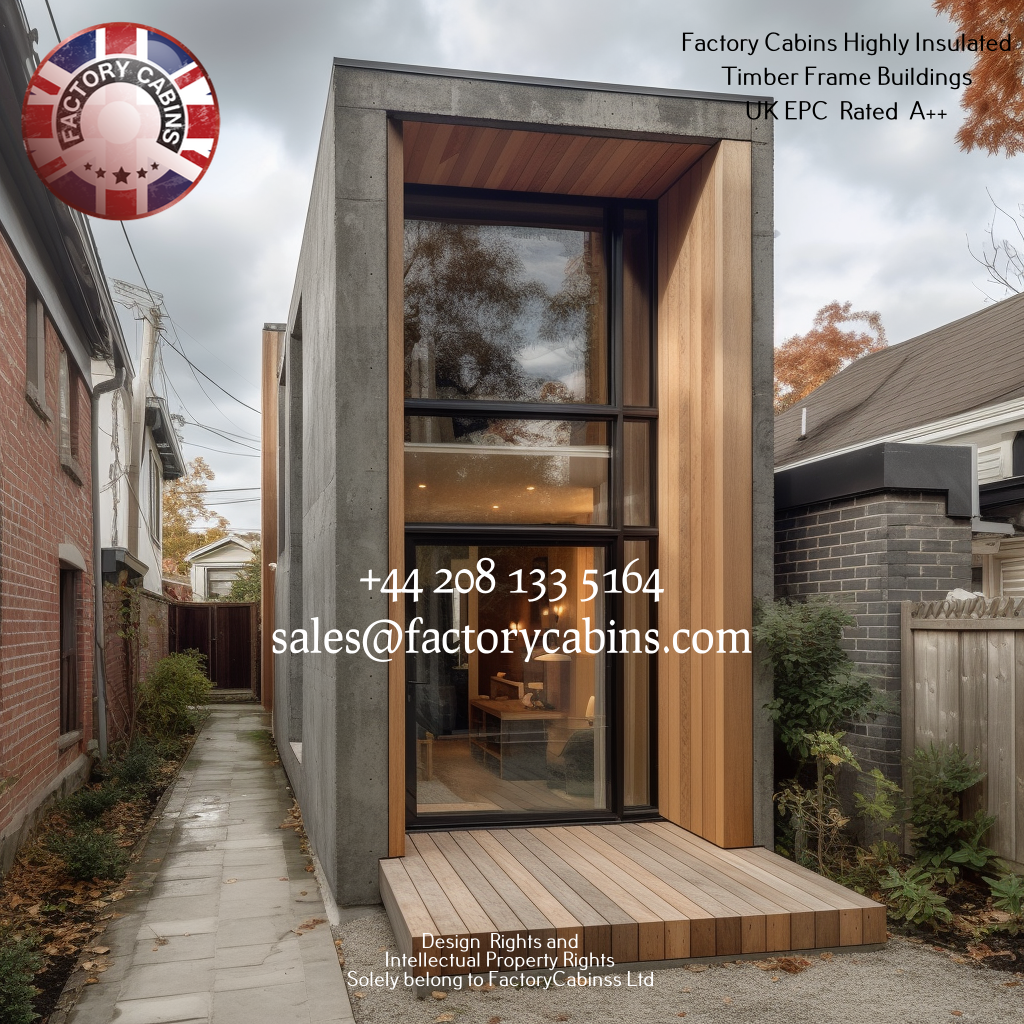
- Social and environmental consequences
Tiny house villages not only build social relationships, but they also have a good influence on the environment. These communities contribute to a more eco-friendly and socially linked style of life by pooling resources and fostering sustainable practises on a communal level.
XI. Defending Against Common Misconceptions
A. Comfort vs. Size
The myth that smaller dwellings are less comfortable
is a prevalent stereotype that must be addressed. Despite their small size, well insulated tiny homes prioritise comfort via deliberate design, effective insulation, and inventive solutions. By dispelling this myth, we open the door for a more widespread acceptance of tiny houses as comfortable and liveable quarters.
B. Amenities are limited.
Another common misperception is that compact dwellings are lacking in vital amenities. Modern comforts are effectively incorporated into the small form of well insulated tiny houses. These homes provide a comprehensive living experience without compromising vital conveniences, from fully working kitchens to well-designed bathrooms.
C. Potential for resale and investment
Tiny house resale value and investment possibilities are frequently raised. Exploring real estate trends and the experiences of homeowners who have successfully sold their small houses offers insight on market dynamics while also dispelling illusions about long-term worth and potential return on investment.
XII. Prospective Buyers’ Guide
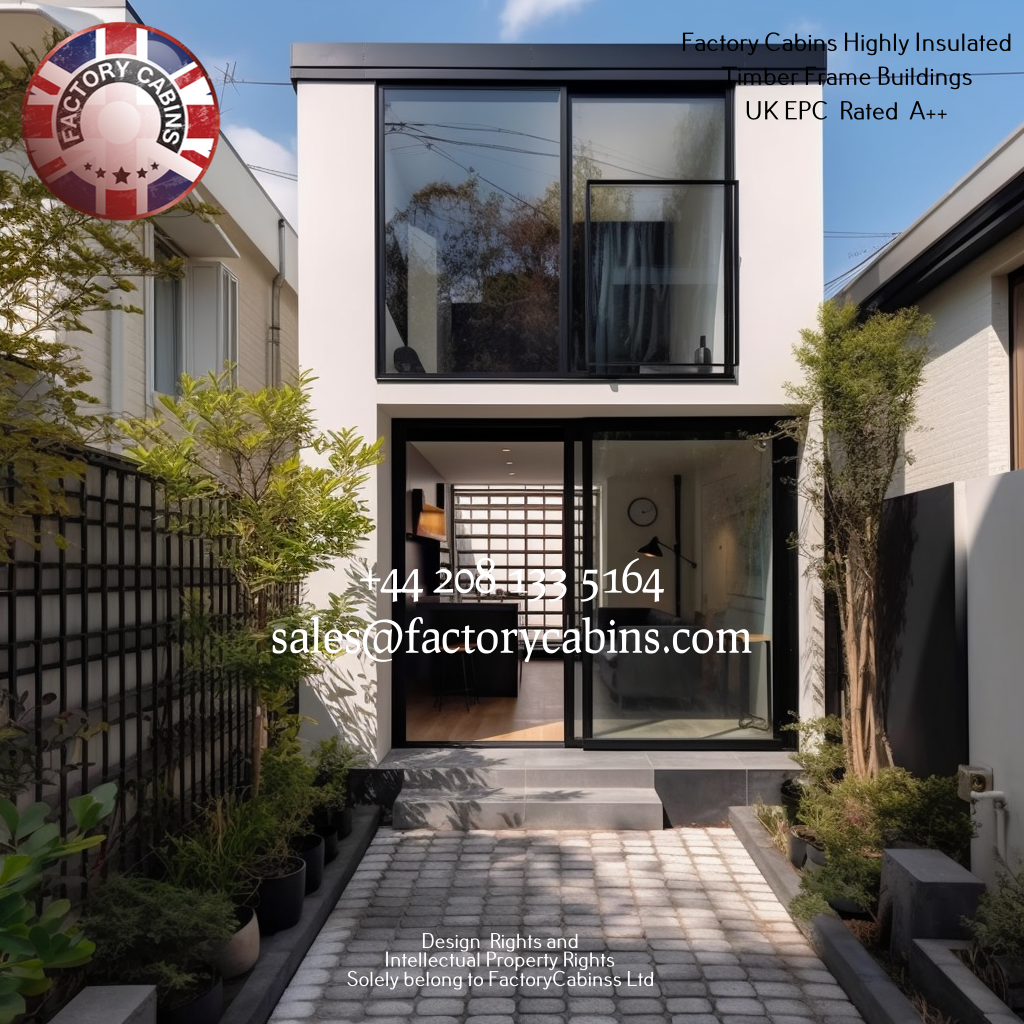
A. Investigating Factory Cabins
- Track Record and Reputation
When considering the purchase of a highly insulated small house, it is critical to examine the reputation and track record of the factory cabin builder. Examining client evaluations, project portfolios, and general industry position can give vital insight about their dependability and quality of work.
- Options for Customization
Investigate the modification choices provided by factory cabins. Examine whether they are compatible with your interests and lifestyle. A quality manufacturer should provide design freedom, allowing you to customise your tiny house to your exact needs and aesthetic choices.
B. Recognising Insulation Ratings
- Thermal Performance and R-Values
Understanding insulation ratings, particularly R-values, is critical for appraising a small home’s thermal performance. R-values greater than one imply superior insulation. Prospective purchasers should become acquainted with these ratings in order to make educated judgements regarding the energy efficiency of their preferred property.
- Considerations Regarding the Climate
Consider the climate where the small house will be built. Different insulating solutions are required for different climates. Based on the unique climate conditions of your chosen site, a qualified manufacturer should advise you on the best insulating materials and processes.
C. Working with Design Professionals
Working with design specialists like architects and interior designers may improve the overall look and functioning of your highly insulated tiny house. Their knowledge may help you maximise space, optimise layouts, and ensure that the design fits your lifestyle and interests.
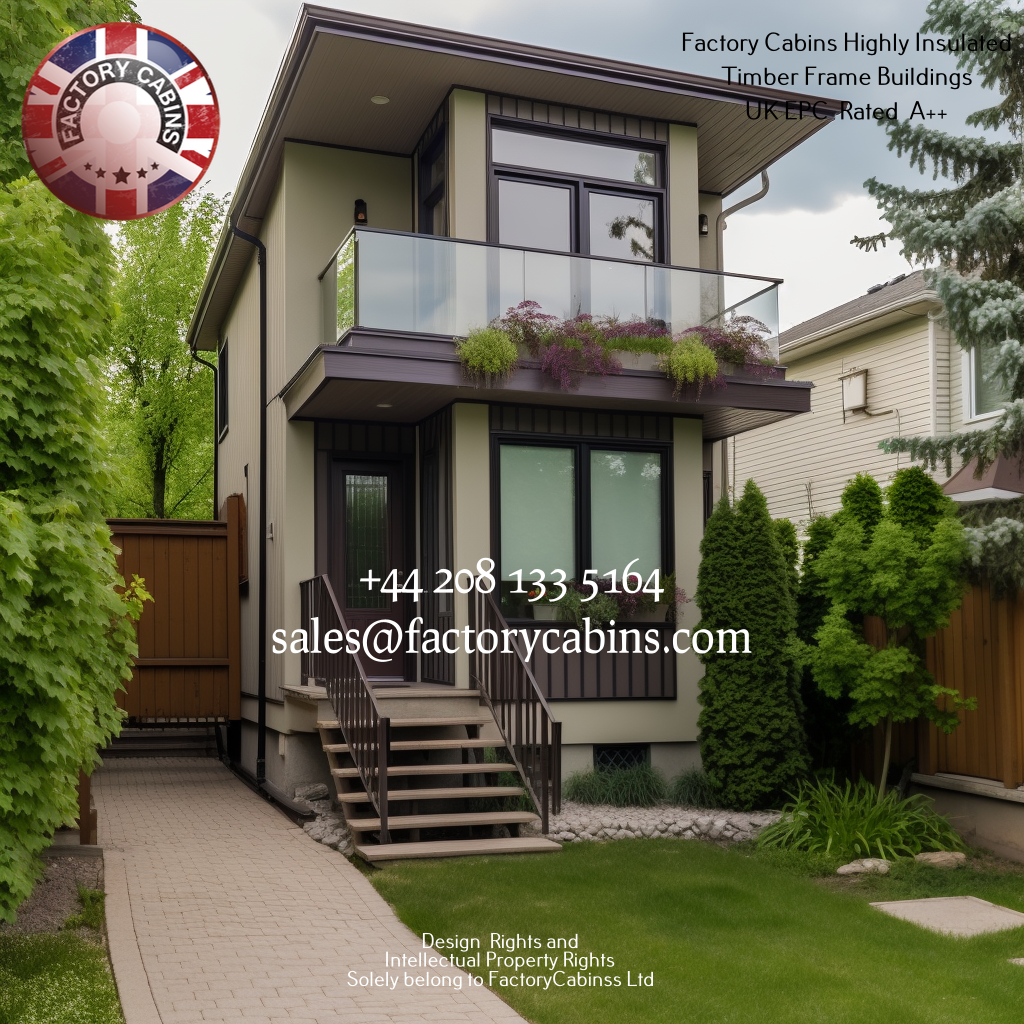
XIII. Conclusion
A. Summary of the Advantages
And last, there are a number of benefits to the well-insulated tiny homes from Factory Cabins, such as cost-effectiveness, environmental sustainability, and energy efficiency. These homes debunk prevalent myths by offering pleasant living spaces with contemporary conveniences and financial opportunities.
B. Encouragement to Investigate Tiny Home Living
Prospective homeowners are urged to investigate the possibilities of tiny house living as the tiny home movement gathers popularity. The combination of novel insulation techniques and Factory Cabins’ knowledge opens the door to a more ecological, efficient, and enjoyable way of living.
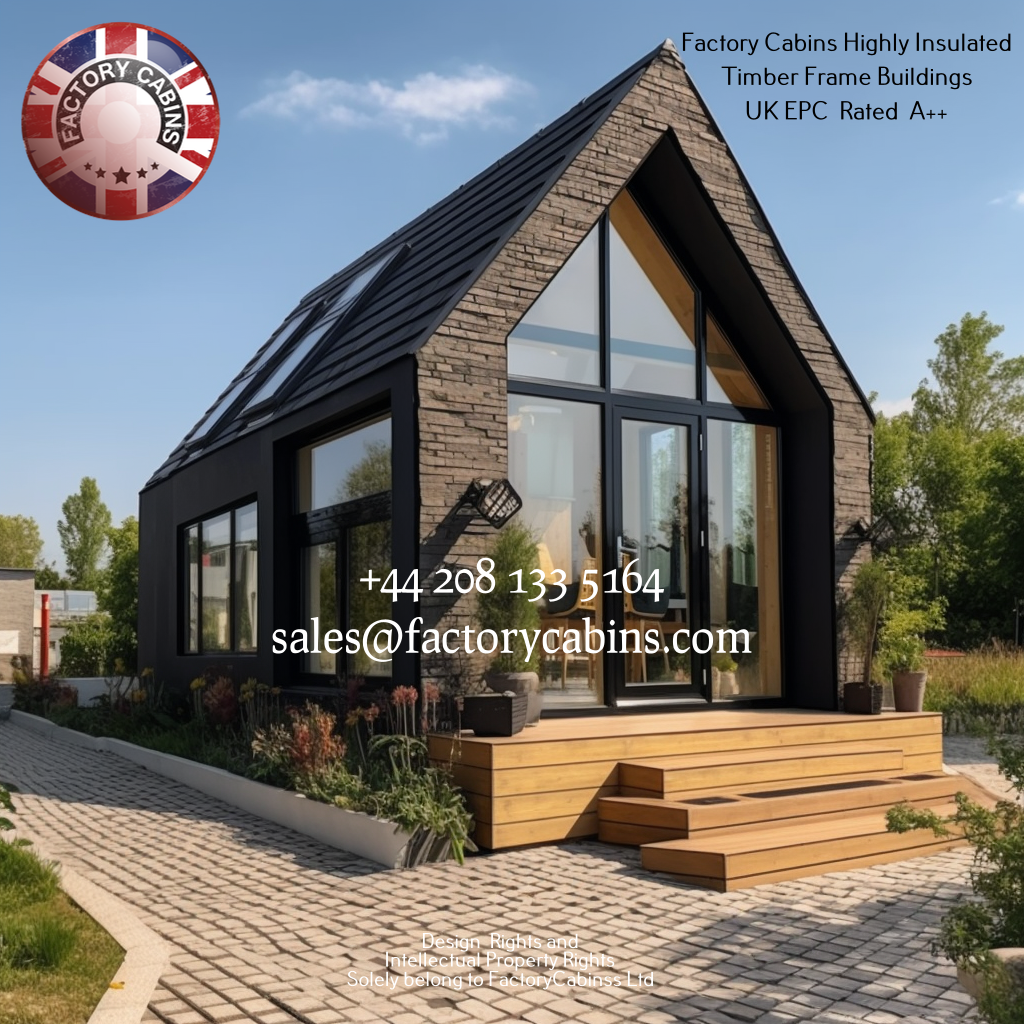
C. Finally, some thoughts on the future of well-insulated tiny houses.
With continued breakthroughs in technology, design, and sustainability, the future of highly insulated tiny houses is bright. The tiny house movement is set to alter the future of housing in dramatic ways as more people embrace the concept of downsizing and living with a reduced environmental footprint.
Thank you for reading our Blog!